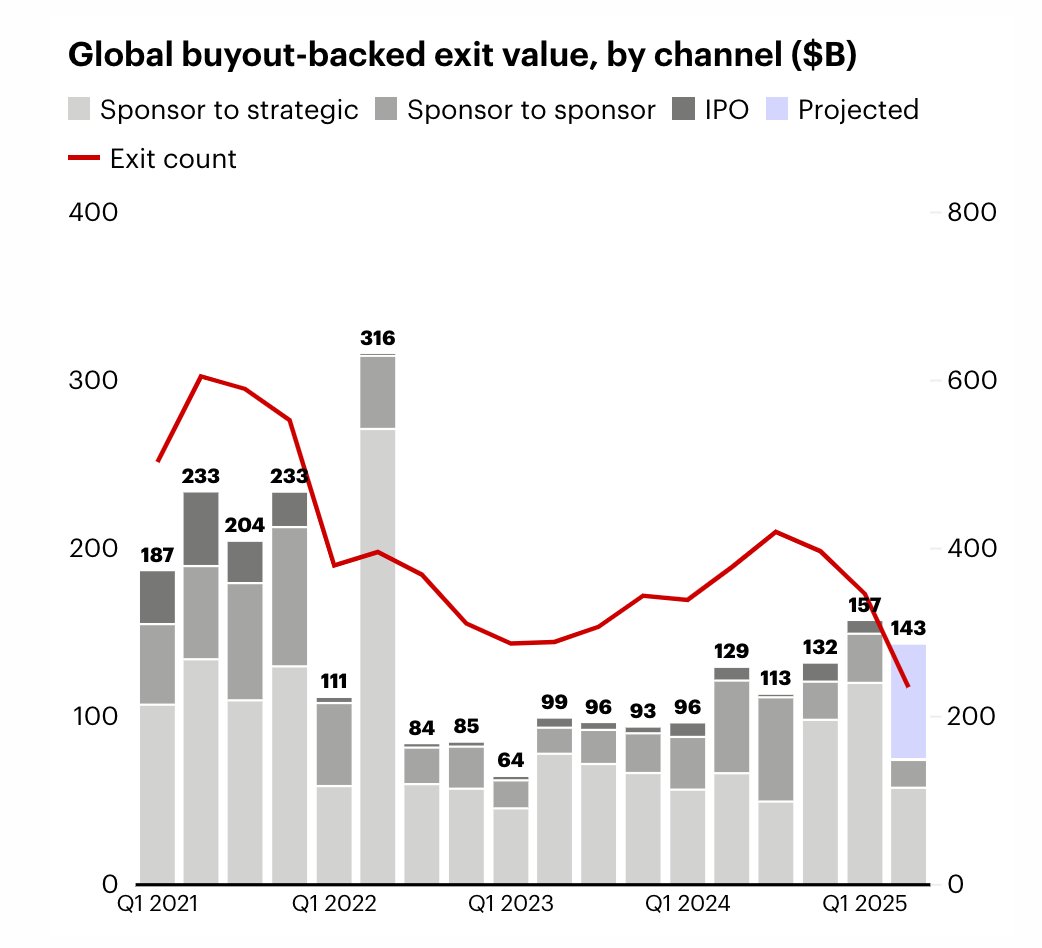COATUE East Meet West Deck
102 Pages on Public Markets every investor should read
My highlights 🧵
1/ Tech Trends - higher returns & volatility
2/ Change in Stock Leadership - hard to stay on top
...
10/ The AI Flywheel
11/ Long the $USA
102 Pages on Public Markets every investor should read
My highlights 🧵
1/ Tech Trends - higher returns & volatility
2/ Change in Stock Leadership - hard to stay on top
...
10/ The AI Flywheel
11/ Long the $USA

• • •
Missing some Tweet in this thread? You can try to
force a refresh



























